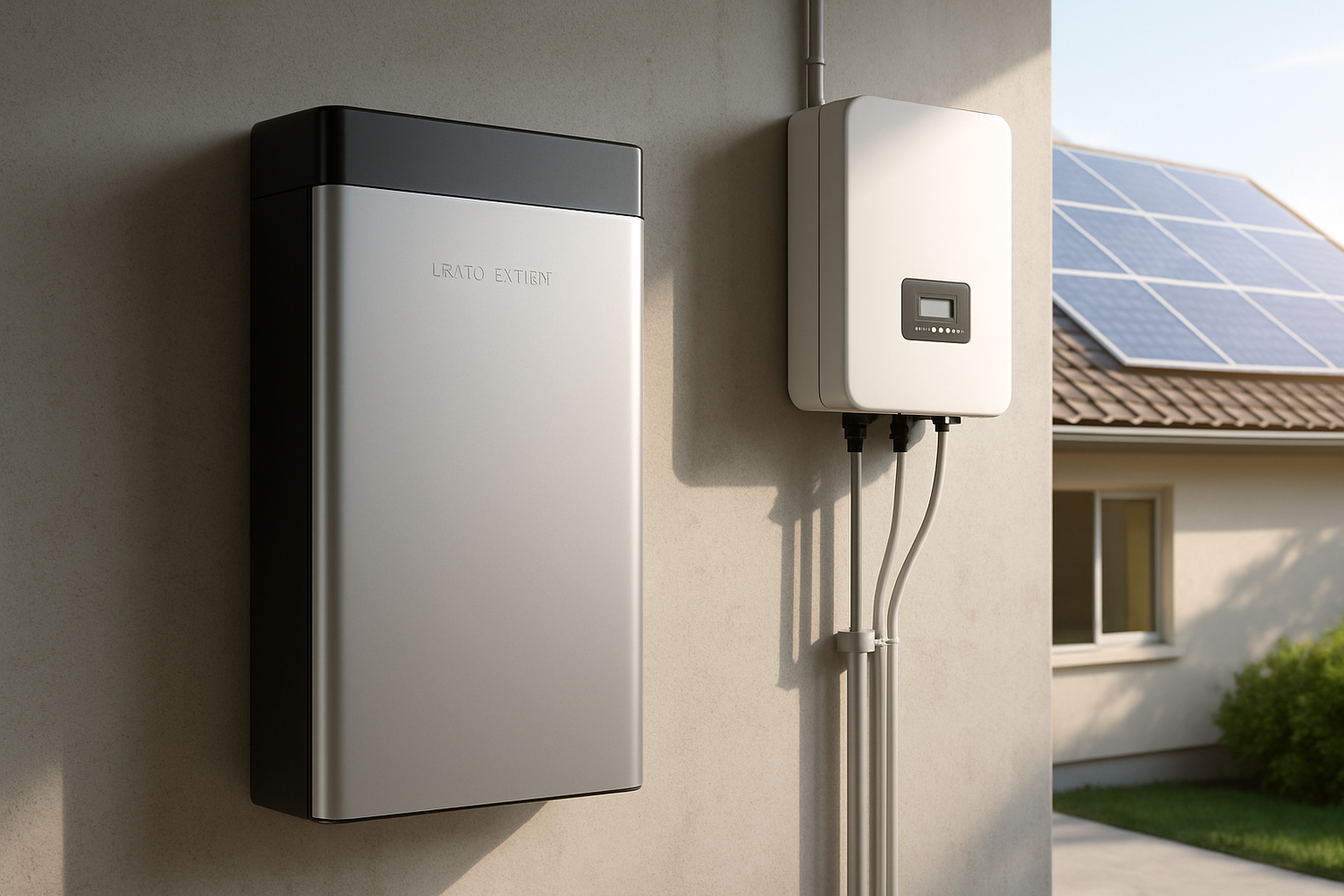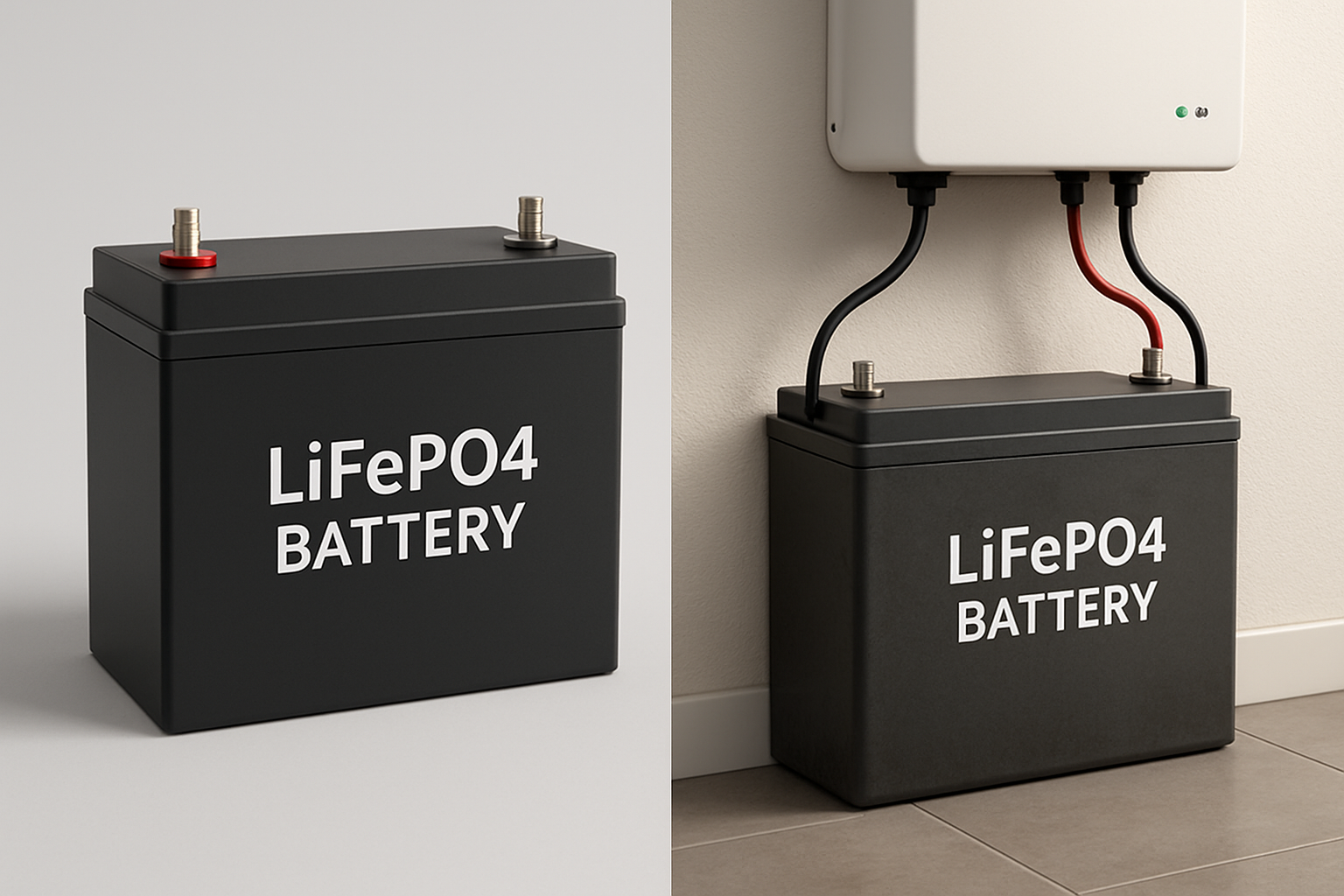Integrating energy storage is a pivotal step in maximizing the value of a solar energy system. Among the available technologies, Lithium Iron Phosphate (LiFePO4) batteries have become a prominent choice for their safety, longevity, and performance. Understanding the return on investment (ROI) for these advanced batteries requires a clear analysis of both the initial costs and the substantial long-term benefits. This cost-benefit analysis provides a framework for evaluating the financial viability of LiFePO4 batteries in your solar setup.
Understanding the Initial Investment: What Goes into the Cost?
The upfront expenditure for a LiFePO4 energy storage system is a primary consideration. While the initial price tag may be higher than older technologies, it's important to break down the components to see the full picture.
The Price of LiFePO4 Batteries
The main cost component is the battery itself, priced based on its capacity in kilowatt-hours (kWh). While LiFePO4 batteries have a higher initial cost than traditional lead-acid batteries, prices have become increasingly competitive. The cost is influenced by factors such as brand reputation, the sophistication of the integrated Battery Management System (BMS), and overall build quality. This initial expense secures a technology with a much longer operational life and superior performance.
Balance of System (BOS) Costs
Beyond the battery, a complete system includes several other essential components. These 'Balance of System' costs cover items like a hybrid inverter capable of managing solar panels and a battery, charge controllers, wiring, and mounting hardware. The high efficiency and power density of LiFePO4 batteries can sometimes lead to savings in BOS costs, as their compact and lightweight nature simplifies installation.
Installation and Labor
Professional installation is crucial for ensuring the safety, efficiency, and longevity of your solar energy system. Labor costs will vary based on the complexity of the installation and regional rates. However, the lighter weight of LiFePO4 batteries compared to their lead-acid counterparts can often streamline the installation process, potentially reducing labor time and associated expenses.
Quantifying the Returns: The Long-Term Financial Benefits
The true financial advantage of LiFePO4 batteries unfolds over their operational life. The returns are realized through direct savings, exceptional durability, and reduced operational expenses.
Reduced Electricity Bills and Grid Independence
A primary benefit of any battery storage system is the ability to lower monthly utility bills. This is achieved through two main strategies: self-consumption and time-of-use (TOU) arbitrage. Self-consumption involves storing excess solar energy generated during the day for use at night, drastically reducing the need to purchase electricity from the grid. For those on TOU plans, the battery can store energy when grid prices are low (off-peak) and discharge it during expensive peak hours, directly saving money.
Longevity and Cycle Life: The Core of LiFePO4's Value
LiFePO4 batteries are defined by their remarkable cycle life. A 'cycle' refers to one full charge and discharge. These batteries typically offer between 4,000 and 8,000 cycles, and some can exceed 10,000, translating to a lifespan of 10 to 20 years. This is a stark contrast to traditional deep-cycle lead-acid batteries, which may only last 500 to 1,000 cycles (3-7 years). This durability means you avoid the cost of multiple battery replacements over the system's life, significantly lowering the total cost of ownership.
| Feature | LiFePO4 Battery | Lead-Acid Battery |
|---|---|---|
| Initial Cost | Higher | Lower |
| Cycle Life | 4,000 - 10,000+ cycles | 300 - 1,000 cycles |
| Usable Capacity (DoD) | 80-100% | 50% |
| Round-Trip Efficiency | ~95% | ~80-85% |
| Lifespan | 10 - 20 years | 3 - 7 years |
| Maintenance | Minimal | Regular (e.g., watering) |
Minimal Maintenance and Operational Savings
LiFePO4 batteries are virtually maintenance-free. They do not require fluid top-offs or equalization charges like flooded lead-acid batteries. This 'set-it-and-forget-it' characteristic saves both time and money on upkeep over the battery's long life, adding to its overall financial appeal.
Performance Advantages that Boost ROI
Beyond direct financial metrics, the superior performance of LiFePO4 technology contributes to a better ROI by maximizing energy use and ensuring reliability.
Superior Efficiency
Round-trip efficiency measures how much energy a battery returns for every unit of energy it takes in. LiFePO4 batteries boast an efficiency of over 95%, meaning minimal energy is lost during charging and discharging. In contrast, lead-acid batteries have efficiencies around 80-85%. Higher efficiency means more of your precious solar energy is available for your home, making the entire system more productive.
Enhanced Safety and Reliability
Safety is a non-negotiable aspect of a home energy system. LiFePO4 chemistry is inherently stable and far less prone to thermal runaway than other lithium-ion chemistries. This stability, combined with an advanced BMS that protects against overcharging, over-discharging, and extreme temperatures, makes LiFePO4 an exceptionally safe and reliable choice for residential applications.
Consistent Power Delivery
LiFePO4 batteries maintain a stable voltage throughout their discharge cycle. This ensures consistent and reliable power for your appliances, unlike lead-acid batteries which experience significant voltage sag as they deplete. For a deeper look into how different storage technologies perform under various conditions, the ultimate reference on solar storage performance offers detailed metrics and comparisons.
Calculating Your LiFePO4 ROI: A Practical Framework
Determining the precise ROI involves considering your initial investment against your long-term savings. Government incentives can also play a significant role in improving the financial outlook.
Key Metrics and Incentives
A simple payback period can be estimated by dividing the total system cost by your annual savings on electricity. Furthermore, incentives like the Residential Clean Energy Credit in the United States can significantly reduce the net cost of your system. This federal tax credit allows homeowners to deduct 30% of the cost of solar equipment, including battery storage technology, from their federal taxes.
A Simplified Case Study
Consider a home solar system with a 10 kWh LiFePO4 battery. If the net cost after incentives is $10,000 and the homeowner saves an average of $1,500 annually on electricity bills, the simple payback period would be approximately 6.7 years. Given the battery's expected lifespan of 15+ years, the system would provide over 8 years of 'free' stored energy after breaking even, generating substantial long-term value.
Disclaimer: This is a simplified example for illustrative purposes. Actual ROI varies based on local electricity rates, solar production, energy usage patterns, and available incentives. This content does not constitute financial advice.
A Forward-Looking Perspective on Your Energy Investment
Choosing a LiFePO4 battery for a solar energy system is an investment in long-term value, reliability, and energy independence. While the initial cost requires careful consideration, a thorough cost-benefit analysis reveals compelling long-term returns. The combination of an extended lifespan, high efficiency, minimal maintenance, and superior safety makes LiFePO4 technology a financially sound choice that pays dividends for years to come.
Frequently Asked Questions
Are LiFePO4 batteries worth the higher initial cost?
For most long-term applications, yes. Their extended lifespan, superior efficiency, and minimal maintenance often result in a lower total cost of ownership compared to traditional batteries. The upfront investment is offset by avoiding multiple replacements and saving more energy over the battery's life.
How long does a LiFePO4 battery last in a solar system?
A quality LiFePO4 battery can last 10 to 20 years, or 4,000 to 8,000 charge cycles, depending on usage and operating conditions. This is significantly longer than the 3-7 year lifespan of typical deep-cycle lead-acid batteries.
Can I replace my old lead-acid batteries with LiFePO4?
In many cases, yes. However, it is crucial to ensure your charge controller and inverter settings are compatible with LiFePO4's specific voltage and charging profiles. The upgrade is often straightforward, but consulting with a professional is recommended to ensure a safe and effective transition.





Leave a comment
All comments are moderated before being published.
This site is protected by hCaptcha and the hCaptcha Privacy Policy and Terms of Service apply.